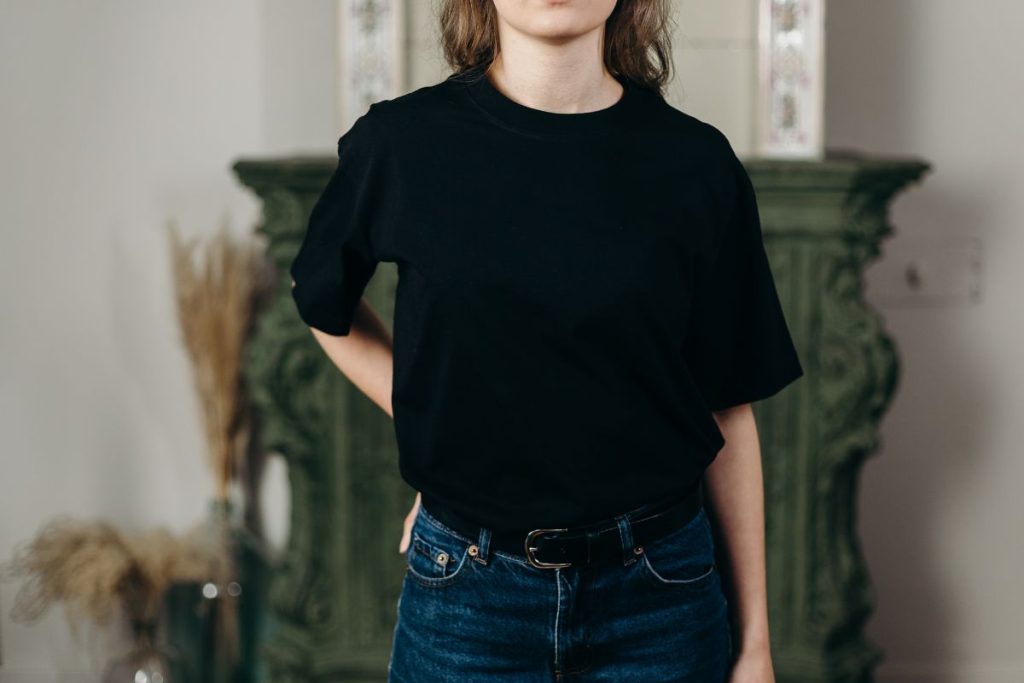
All About Hiking Clothing
Hiking clothing is designed to protect a hiker’s skin while still being breathable, so as not to inhibit sweat evaporation and cooling. There are many fabrics that can be used for hiking including various blends of wool, polyester, nylon, viscose, and spandex. In addition, garments may be treated with water repellent or even waterproof coatings.
Table of Contents
Hiking Socks
The right socks are an important part of any hiking adventure. When you’re on the trail, you need socks that are comfortable, breathable, and durable. Hiking socks are thin and tight-fitting so they don’t rub against your skin and cause blisters. They also provide extra cushioning for your feet, which helps reduce fatigue during long hikes.
If you’re planning a day hike or a multi-day backpacking trip, there are a few things to look for in hiking socks:
Breathability: Hiking socks should be made from synthetic materials like polyester and nylon because these materials allow for better air circulation than wool or cotton. When you sweat, the moisture goes through your socks into the air instead of staying trapped inside your footwear which can lead to blisters and discomfort.
Durability: If you plan on doing some serious hiking or backpacking, you’ll want sturdy hiking socks that can stand up to rough terrain without getting holes or snags in them. Look for reinforced stitching around the toes and heels of your socks as well as reinforced heel and toe areas where friction might occur when walking downhill or uphill on steep slopes.
Synthetic/Breathable Fabrics
Synthetic/breathable fabrics are great for hiking clothing and backpacking because they have a high degree of water resistance and they dry quickly. However, they don’t breathe as well as natural fabrics like cotton and wool. But synthetic fabrics can be made to “breathe” by adding mesh panels or perforations in the fabric.
Synthetic/breathable fabrics are also generally easier to care for than natural fabrics, especially when it comes to washing them. Cotton and wool both require special handling because they’re sensitive to heat and light exposure and can shrink if washed incorrectly. Synthetics are more resilient than natural materials, so you can wash them in the washing machine with no need for hand washing or special drying methods.
The most common type of synthetic fabric used in outdoor clothing is polyester fleece, which has an insulating layer sandwiched between two layers of polyester yarns. The insulating layer traps air inside the fabric, keeping you warm even when wet or covered in snow or rain; however, polyester fleece loses its insulating properties when saturated with sweat or water from rain or snowfall (because it absorbs moisture).
Wicking Clothing
If you’re new to hiking clothing, wicking clothing is the best way to keep your body cool and comfortable while on the trail. Wicking clothing is made to pull moisture away from your body and move it toward fabric that’s designed to evaporate moisture. This helps prevent heat-related illnesses like dehydration and exhaustion, which can be dangerous if left untreated.
Wicking fabrics are typically made with synthetic fibers like polyester or nylon, although some natural fibers like wool and cotton can also be used. These fabrics are designed to transfer moisture away from your skin and toward other layers of clothing that will absorb it. When you wear Hiking Clothing, this means you’ll stay cool, dry, and comfortable even if you sweat a lot.
If you’ve never worn wicking clothing before, it may seem strange at first because many people are used to wearing heavy cotton T-shirts when they exercise outdoors. But once you get used to wearing wicking clothes while hiking or working out at the gym, you’ll never go back!
Hiking clothing needs to be comfortable, breathable, and fast drying
Hiking clothing needs to be comfortable clothes, breathable, and fast drying. Here are some of the best hiking jackets for men and women to keep you warm and dry on your next outdoor adventure.
The North Face Women’s Katabatic Jacket
This jacket is made with a waterproof fabric that will keep you dry in all weather conditions. It has a hood that can be adjusted and a drawstring hem that can be tightened, so you won’t lose heat if you’re caught in a sudden rainstorm. The jacket also has an internal chest pocket that can fit smartphones or other small devices.
Columbia Sportswear Men’s Bugaboo Interchange Jacket
This 3-in-1 jacket has an insulating layer that can be removed when it gets warmer out, or when you need to shed some weight from your pack. It comes with two zippered hand pockets and one zippered chest pocket, as well as adjustable cuff tabs that make it easy to tighten up your sleeves for extra warmth or loosen them if they’re getting too hot.
Conclusion
As you prepare for your next outdoor adventure, there are many factors to consider in your clothing choices. Layers are key in maintaining a comfortable body temperature and wicking away sweat, garments should be durable to withstand the wear and tear of outdoor activity and they should be comfortable to ensure that your time outdoors is enjoyable. Choosing the right types of materials is vital to ensure that you stay protected against the elements.
September 29, 2022

















